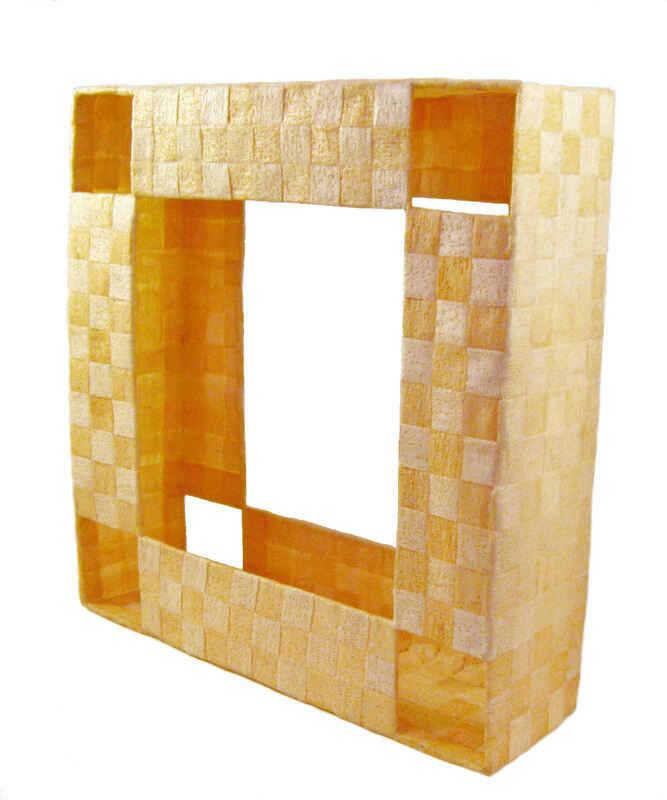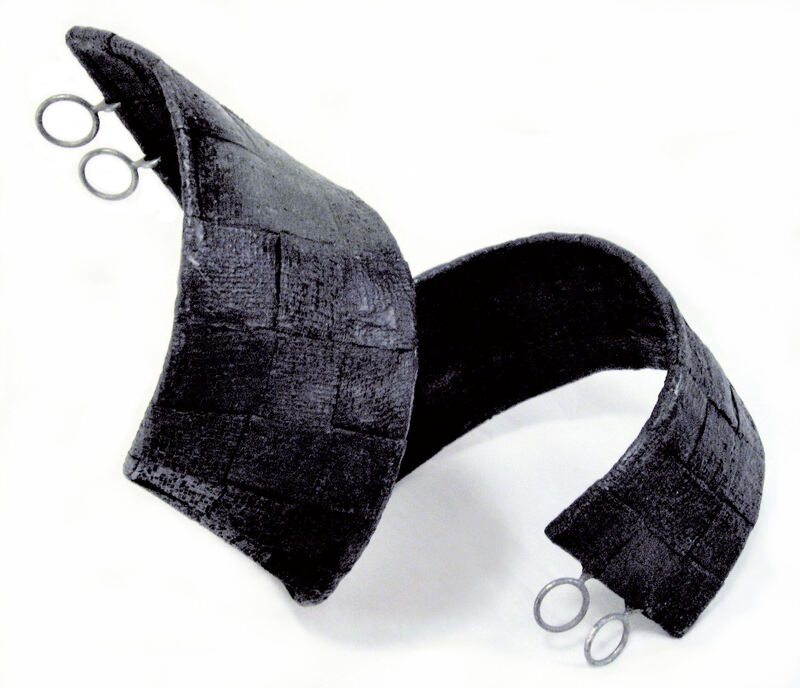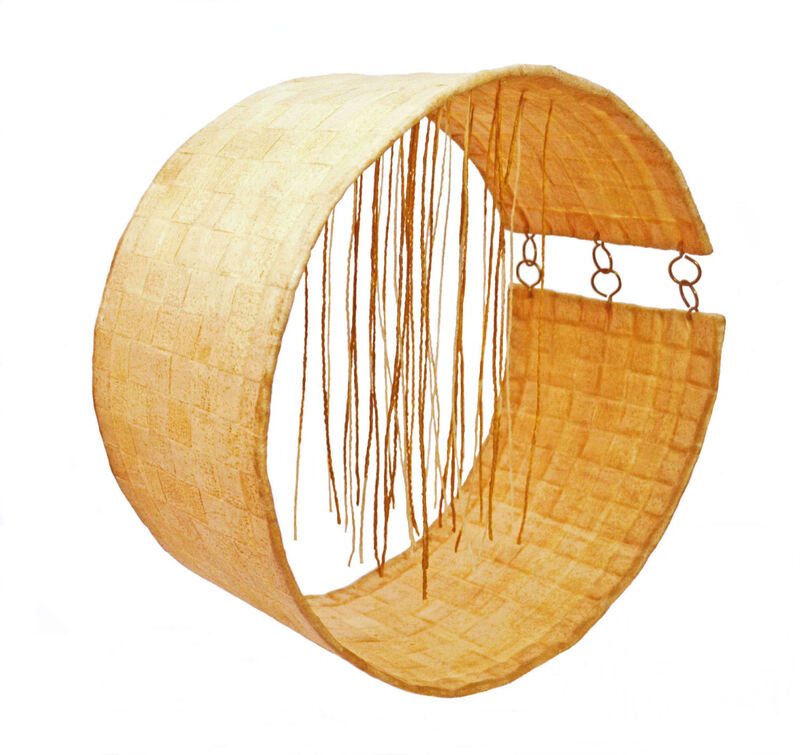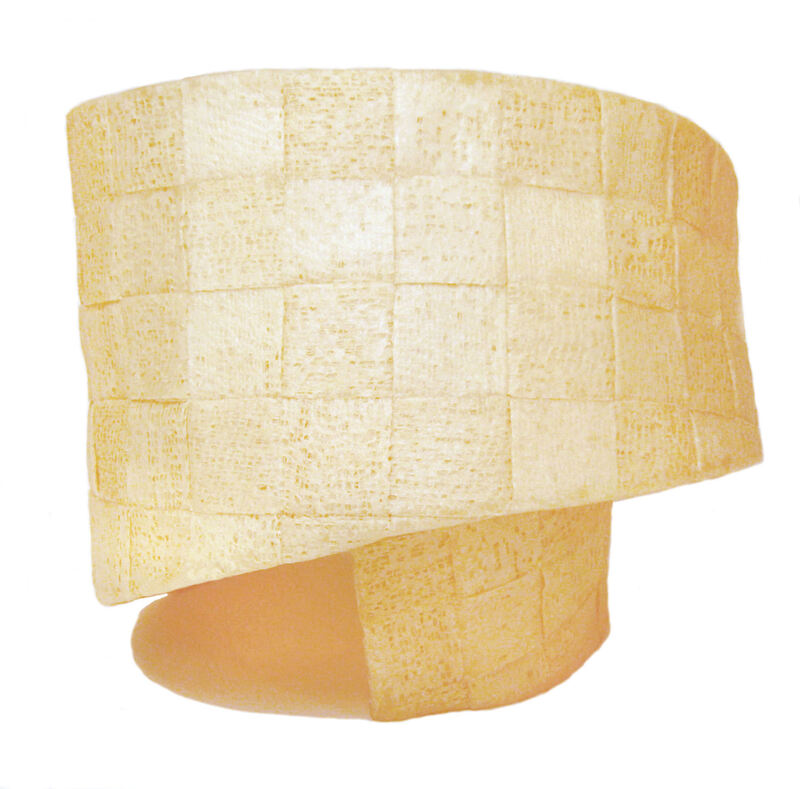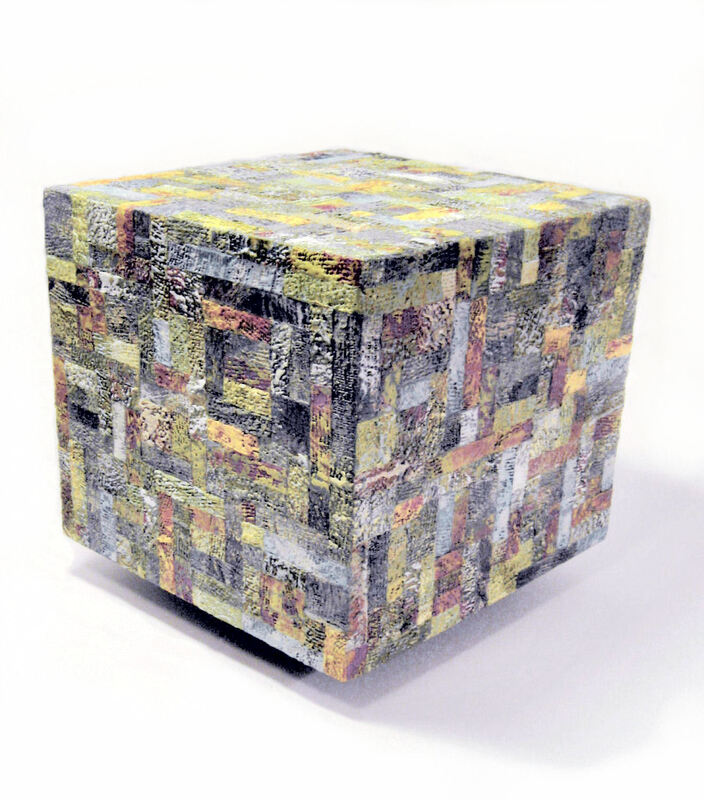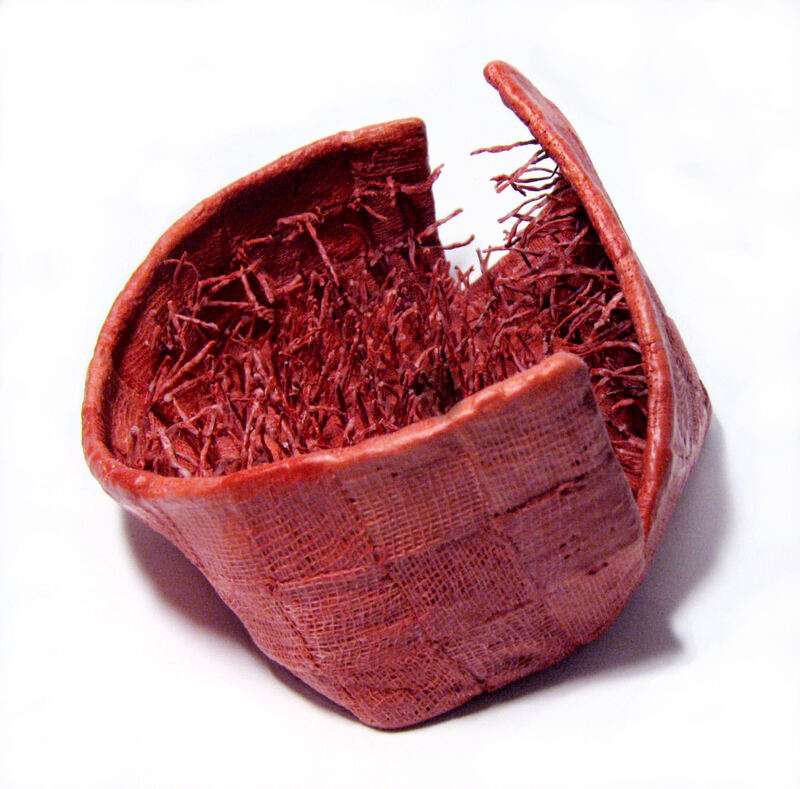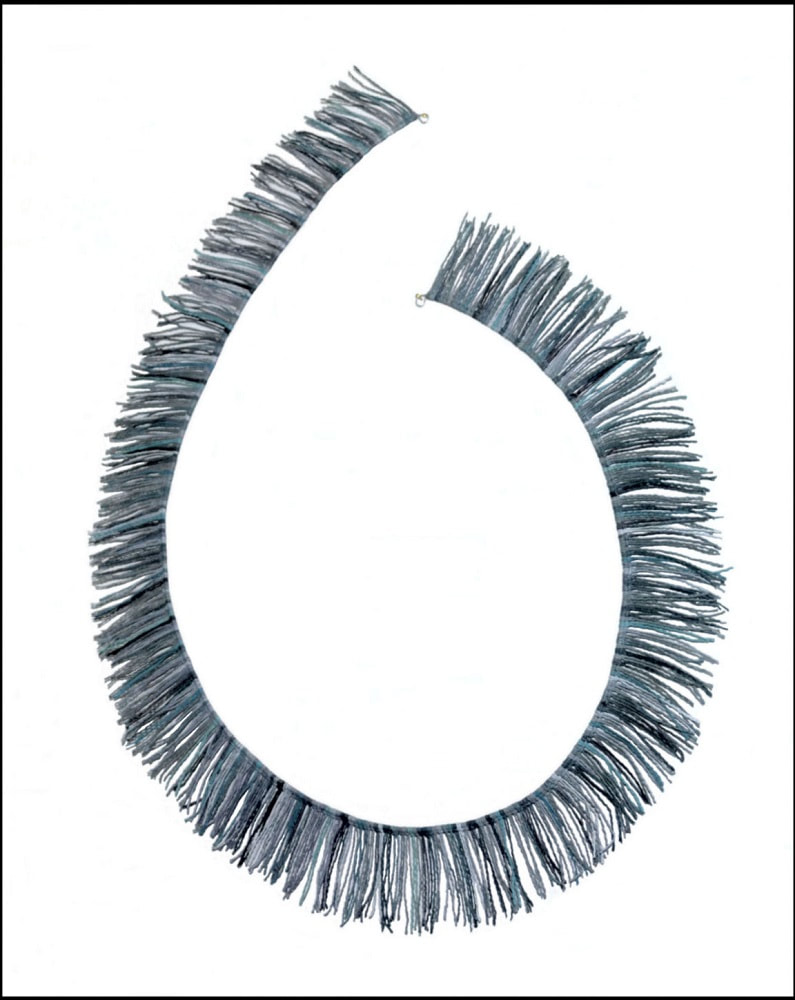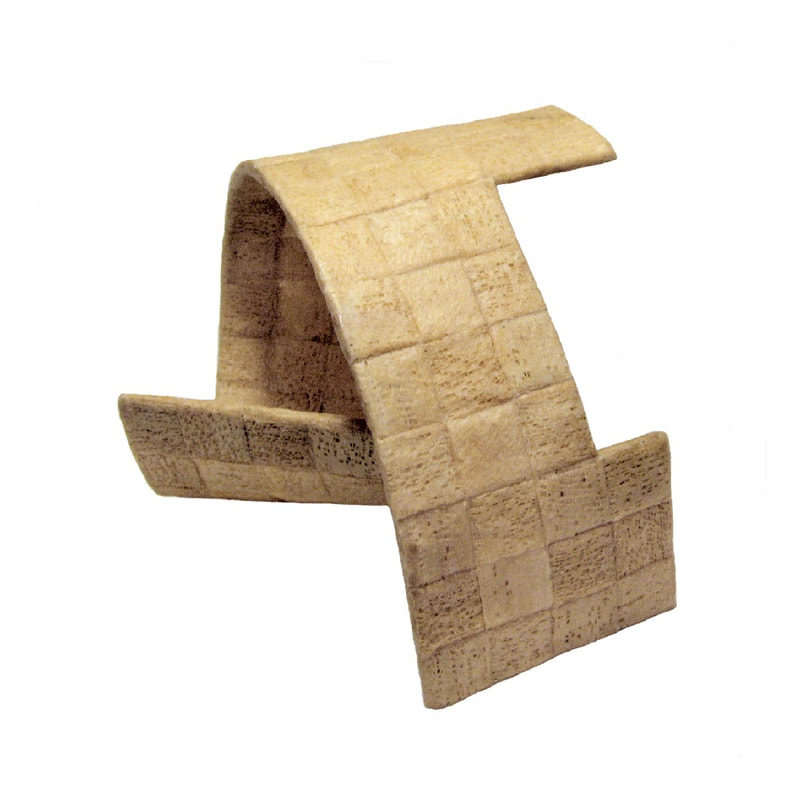from mies to gehry to goethe
Much of my inspiration comes from the nature of the urban existence. I consider the contrasting elements of urban history and change as well as exploring the physical and mental boundaries of the public and private spaces we inhabit.
“Considering Mies” reflects on the quote “The interior and exterior are one - you can’t divorce them.” by Mies Van Der Rohe. He is known for the extreme clarity and simplicity of his designs. He followed a “less is more” philosophy and sought structural order and balance in his architecture.
The German writer, artists and politician Johann Wolfgang von Goethe famously described architecture as “Frozen Music”. Many believe that the graceful, flowing contours of the Baroque style of architecture so predominant in Goethe’s time are responsible for this statement.
"Unfulfilled Dream" was influenced by the ill-fated Chicago Spire. This twisting skyscraper was designed by famed architect Santiago Calatrava. He equated the design to an imaginary smoke spiral rising from a campfire built along the Chicago River by Chicago earliest residents.
The Frank Gehry designed Pritzker Pavilion in Chicago's Millennium Park is defined by it's billowing stainless steel headress that is often described as "The Mane".
The German writer, artists and politician Johann Wolfgang von Goethe famously described architecture as “Frozen Music”. Many believe that the graceful, flowing contours of the Baroque style of architecture so predominant in Goethe’s time are responsible for this statement.
"Unfulfilled Dream" was influenced by the ill-fated Chicago Spire. This twisting skyscraper was designed by famed architect Santiago Calatrava. He equated the design to an imaginary smoke spiral rising from a campfire built along the Chicago River by Chicago earliest residents.
The Frank Gehry designed Pritzker Pavilion in Chicago's Millennium Park is defined by it's billowing stainless steel headress that is often described as "The Mane".
